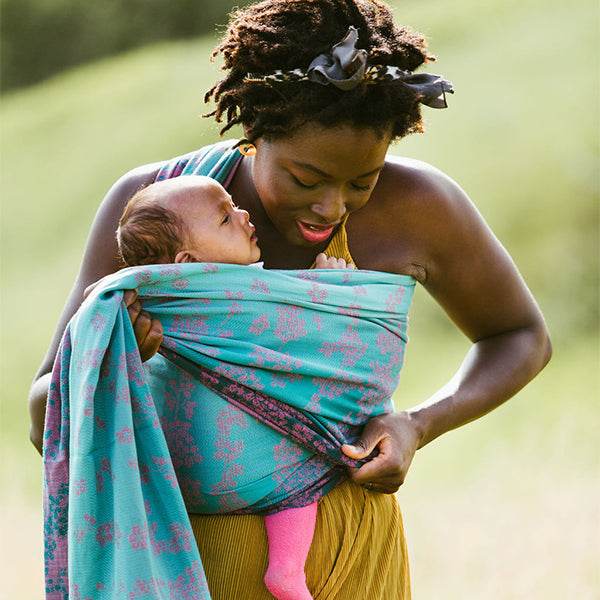
Can Baby Carriers Cause Hip Dysplasia
Are baby carriers good or bad for your baby's hips? What type of baby carrier is best for your baby's hips? Can baby carriers cause hip dysplasia? What are Hip Dysplasia Institute approved baby carriers
Many parents ask these questions, and there's a lot of confusing information on this topic. Here's everything you need to know about what makes a baby sling hip healthy and how ergonomic baby slings can actually help your baby's hip development.
What is the best position for babies in a carrier for their hips?
Babies naturally adopt a squat position with their knees higher than their bottom. If you hold a newborn on your chest you'll notice that they curl up with their knees tucked up towards their tummy. They typically adopt a similar position when you pick up an older baby and carry them on your hip. Their legs open wider into a spread squat, but they still pull their knees up higher than their bottom.
You will often find yourself helping to support them in this position because this is the most comfortable position for you to carry them.
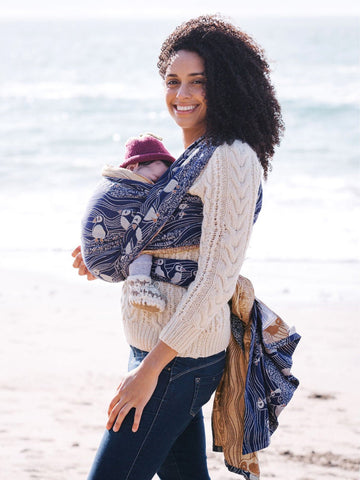
This position, a squat with knees above the bottom creating an M-shape, is what we want to recreate when using a sling, as it helps support the development of healthy hips. This means that the sling needs to support the baby's thighs, and it should sit all the way to their knee pit.
Why Is It Important To Support Your Baby's Hips? What is Hip Dysplasia?
When babies are born their hip joints are made of soft cartilage. Over the course of the first year this becomes bone and, as the hip develops, a deep ball and socket joint forms. If a child develops hip problems, it's often due to this joint being too shallow. Midwives and doctors typically detect this issue during post-natal checks and refer to it as hip dysplasia.
The treatment for hip dysplasia is to encourage the baby into a spread squat position using a cast or harness. This encourages optimal development and the formation of a deep socket joint.
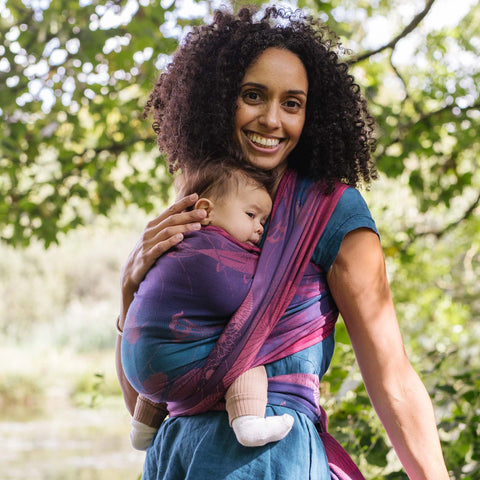
Spread squat/froggy/M position in a baby wrap
What baby carriers cause hip problems? Which baby carriers are bad for babies hips?
Some baby carriers do not have a wide base. These 'narrow based' high street carriers support only under the groin area. This causes baby's legs to dangle down from the hip socket. If a baby has a pre-existing condition of hip dysplasia, it is not advisable to carry them in this type of carrier, especially not for long periods of time.
However, most children receive a diagnosis shortly after birth, so short periods in such a carrier shouldn't cause any issues. While there is a small number of babies who go undiagnosed, there's a chance that a narrow-based carrier could worsen the issue if they are carried for extended periods in this type of carrier.
Can Baby Carriers Cause Hip Dysplasia
A properly fitted wide-based baby carrier or sling that supports your baby from knee to knee is beneficial for hip health. There is anecdotal evidence indicating that carrying in a sling may help relieve minor hip issues. A study published in the Journal of Orthopaedic Research shows that wide-based carriers position a baby's hips similarly to the Pavlik harness, which is used in the treatment of hip dysplasia.
Many paediatricians will recommend a carrier if they have spotted a mild condition. Studies also show that cultures in which babies are primarily carried from birth in a spread squat position have very low rates of hip dysplasia.*
For babies with no diagnosed condition of hip dysplasia it is unlikely that using a narrow-based carrier for short periods of time will cause issues. If you are concerned that your baby may have an undiagnosed condition then it may be better to opt for a wide-based carrier that will support baby from knee-pit to knee-pit.
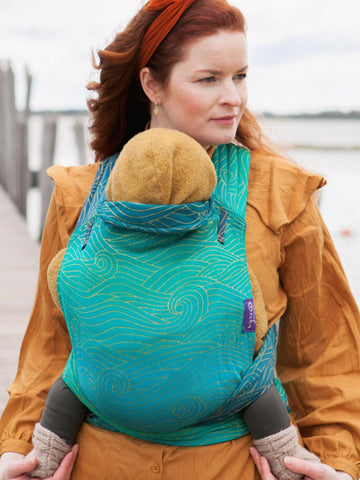
Which baby carriers are hip healthy
An ergonomic baby carrier supports babies in a hip-healthy position. Many wide-based hip-healthy baby carriers and slings are available.
International Hip Dysplasia Institute approved baby carriers
The following Oscha carriers have approval from the Hip Dysplasia Institute (when used correctly). This means that Oscha slings provide the correct support to your child's hips. They encourage normal hip joint development, which is especially important during the child's first 6 months.
- Woven Wraps
- Ring Slings
- Bairn Carrier
- Cairis Carrier
- Nook Carrier
- Coorie Carrier
Visit The International Hip Dysplasia Institute for a full list of products that encourage healthy hips.
By six months of age, most babies have nearly doubled in size, the hips are more developed and the ligaments are stronger. This means they are less susceptible to developing hip dysplasia.
How to position your baby in a baby carrier for optimal hip positioning
Whether your sling is a woven wrap, ring sling or baby carrier, you want to position your baby in the same way. Firstly, settle them in the sling and secure it. Then, gently tilt your baby's pelvis towards you to create a curve at the base of their spine. You can achieve this by sliding your hands into the sling, supporting them under their bottom and then gently tilting them so their weight is sitting on their tailbone. It can also help to scoop their knees upwards, creating the M-position.
This video shows you how to seat your baby in a hip healthy baby carrier
A young baby may remain quite tucked up, with their knees staying fairly close together, which is perfectly normal. You can scoop up their knees without forcing them into a wider position. As your baby develops they will naturally adopt a wider squat. Check your sling reaches your baby's knee pits to help support this position.

Learn more About Healthy Hip positioning in a baby carrier
If you would like to read more about Hip Dysplasia and baby carriers, you may want to read Dr Rosie Knowles blog post about 'Busting some Hip-Healthy Myths'. Rosie is a qualified GP and an experienced Sling Consultant. she explores Hip Dysplasia in detail and recommends different styles of carriers for healthy hips.
You can explore the International Hip Dysplasia website to read more about hip-healthy positioning and the research around preventing hip dysplasia.
Learn more about positioning and sling safety in this video
How long can I carry my baby in a sling for?
Does baby get sore legs in a sling?
*Graham SM et al. Back-carrying infants to prevent developmental hip dysplasia and its sequelae;is a new public health initiative needed? Journal of Pediatric Orthopaedics. 2015;Jan; 35(1):57-61.

Best Baby Carrier For Newborns 2025
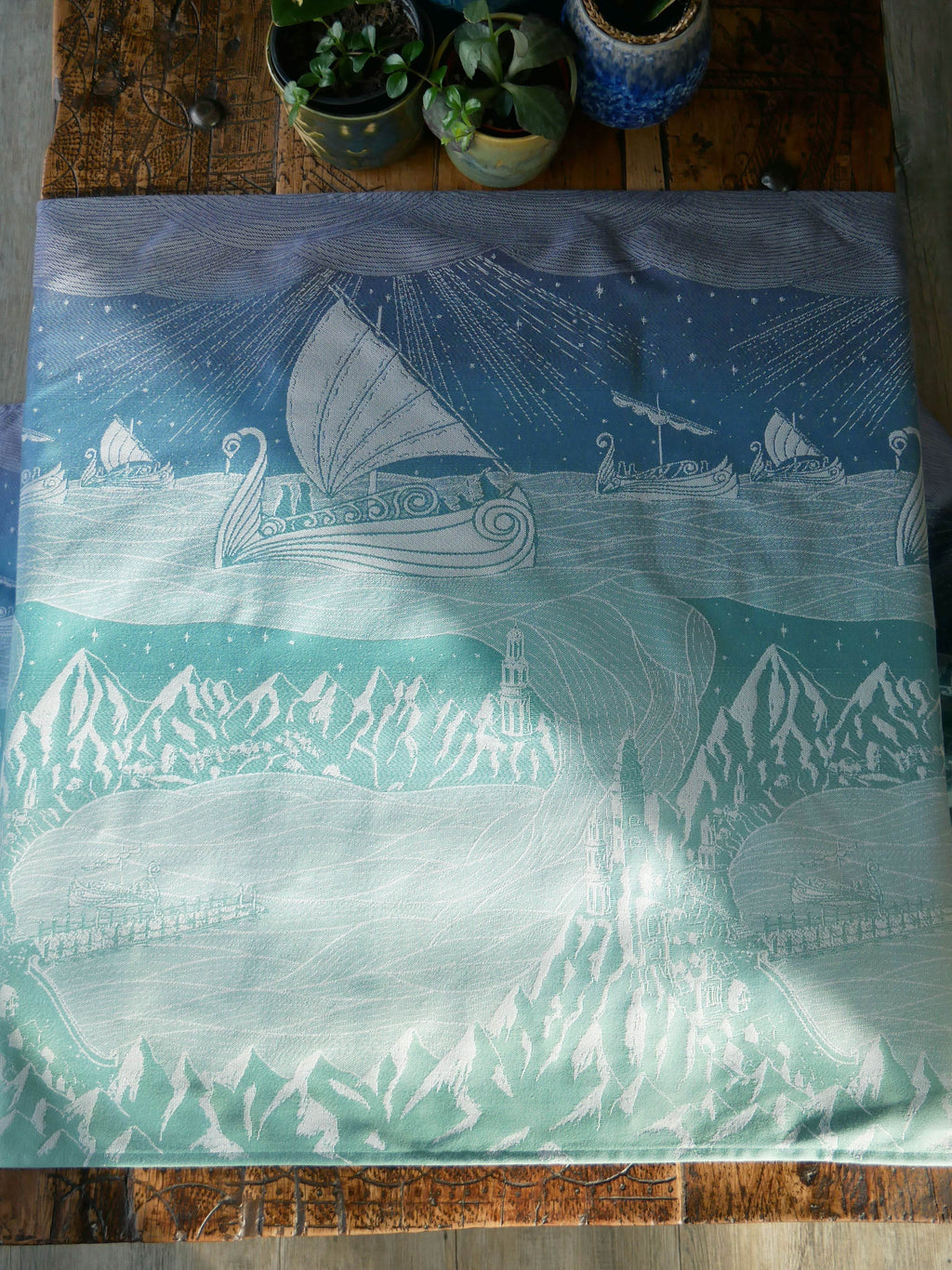
Grey Havens: Oscha Lord of the Rings Design Development
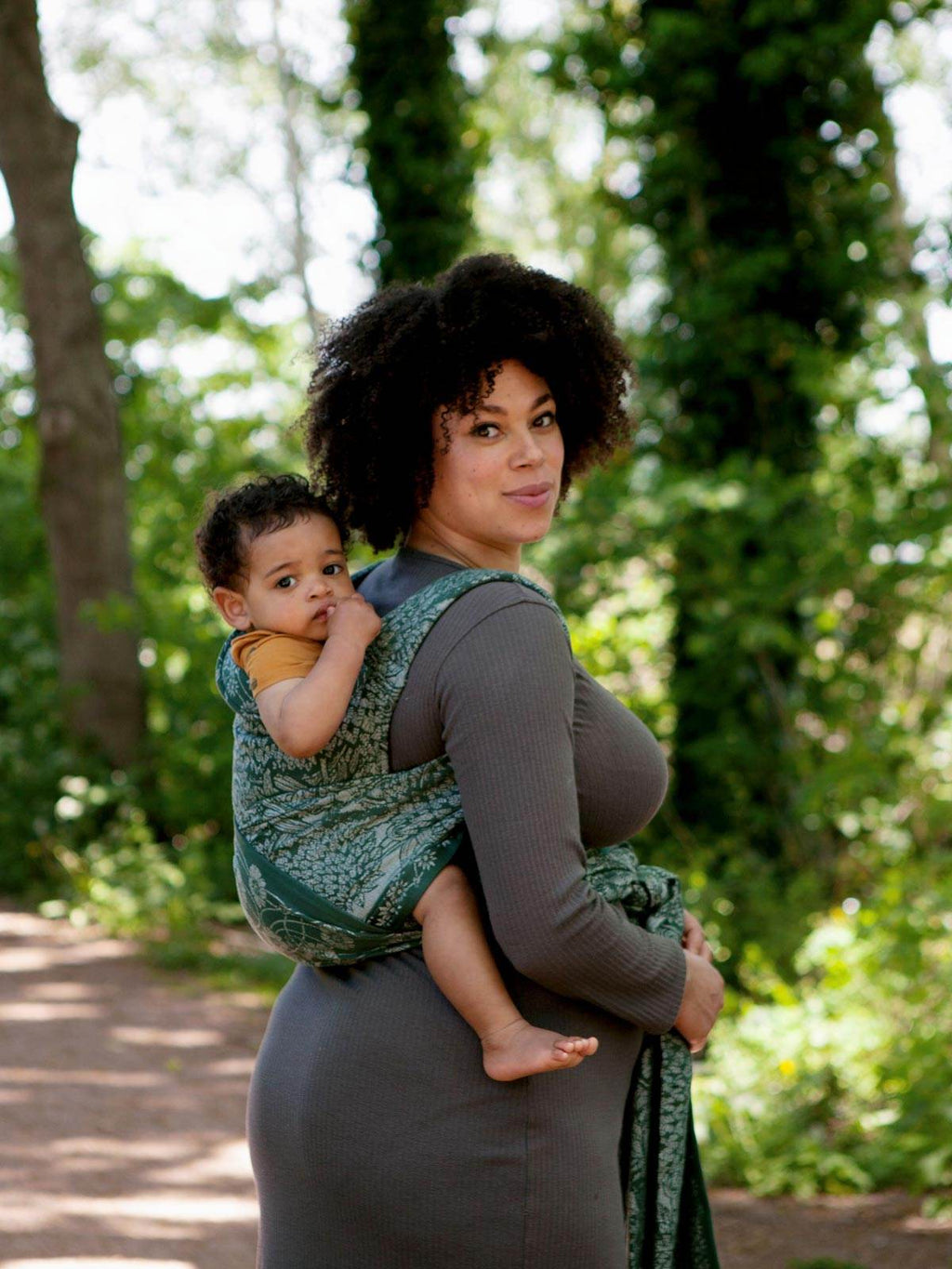

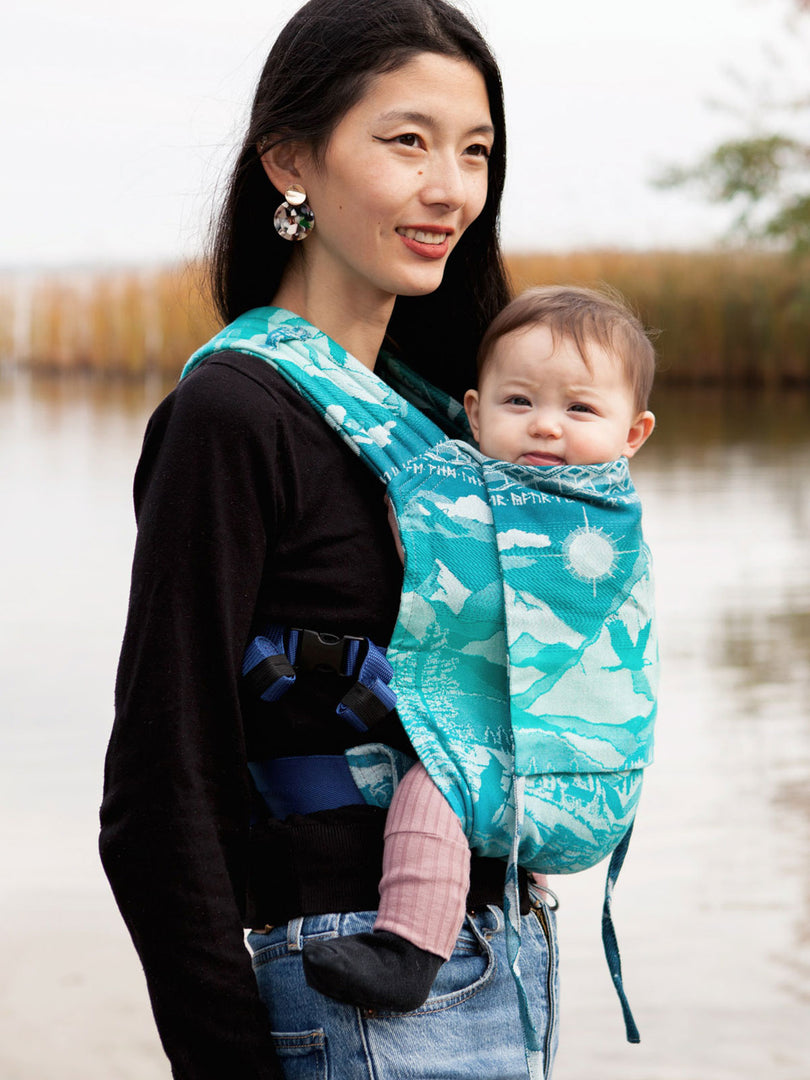
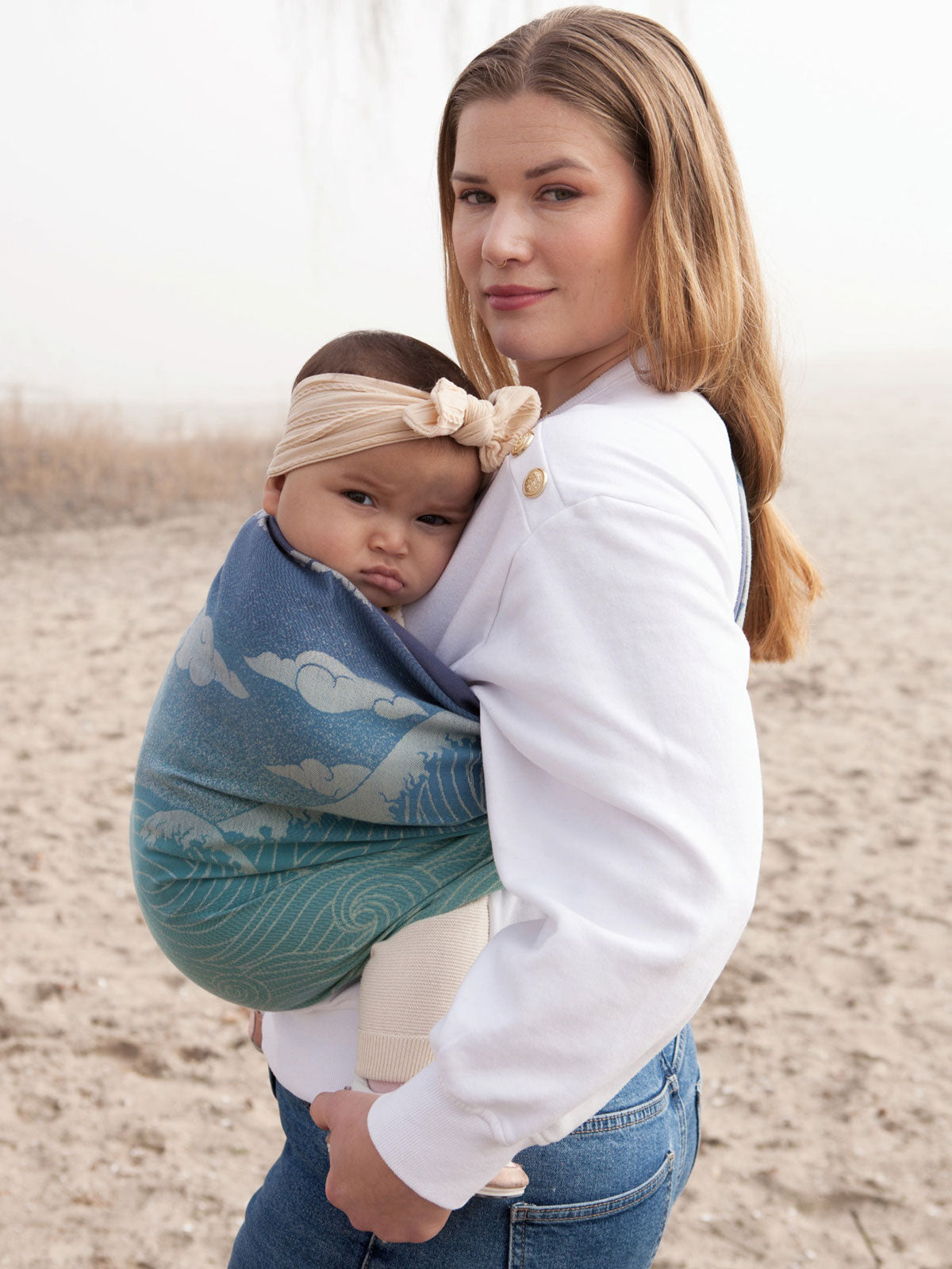
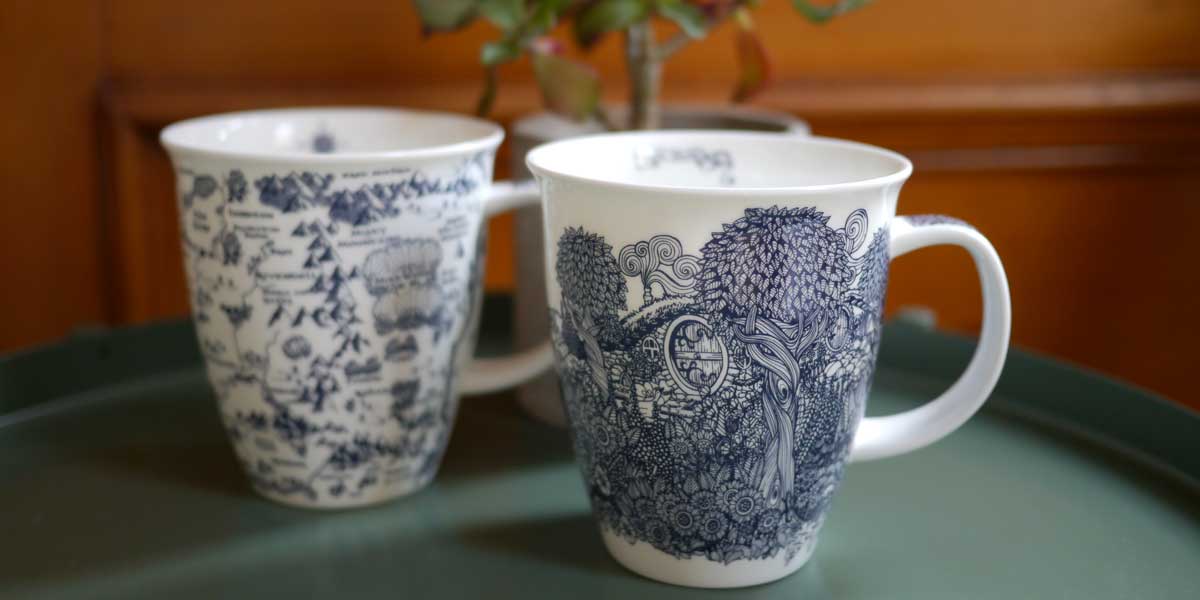
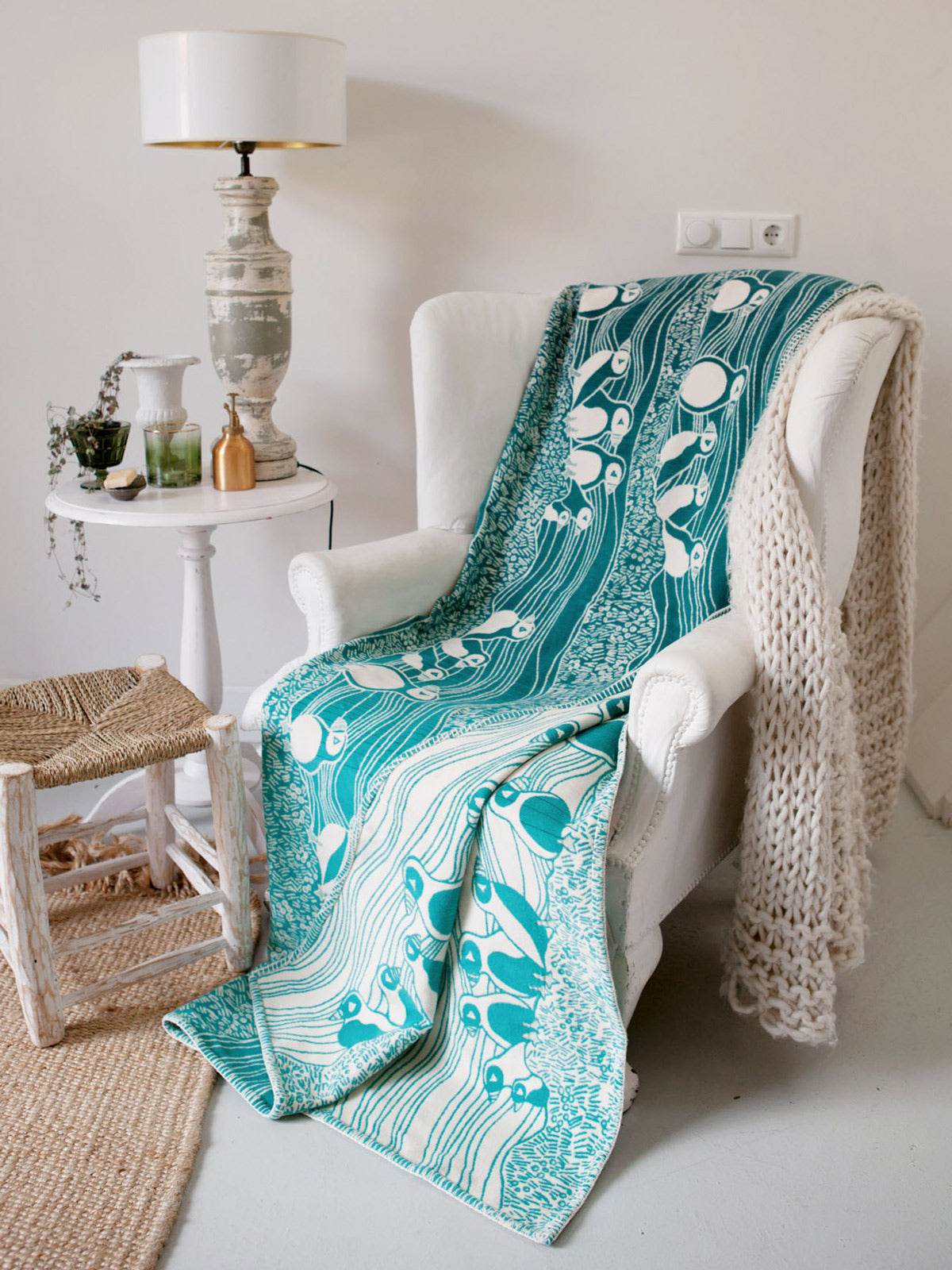
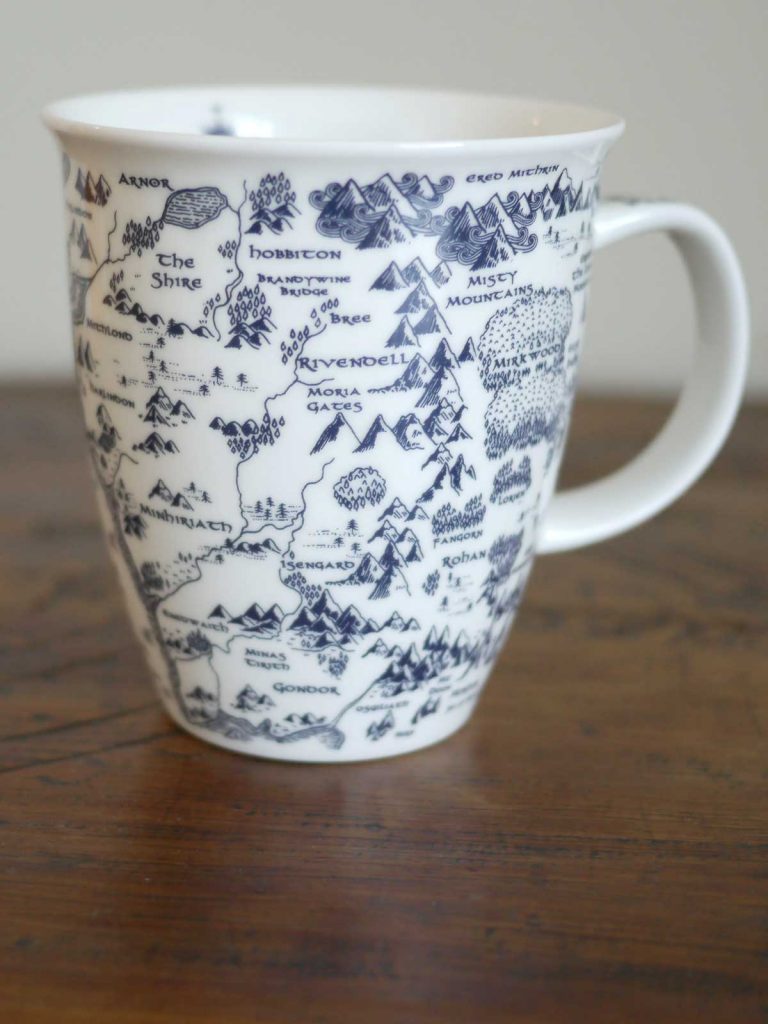
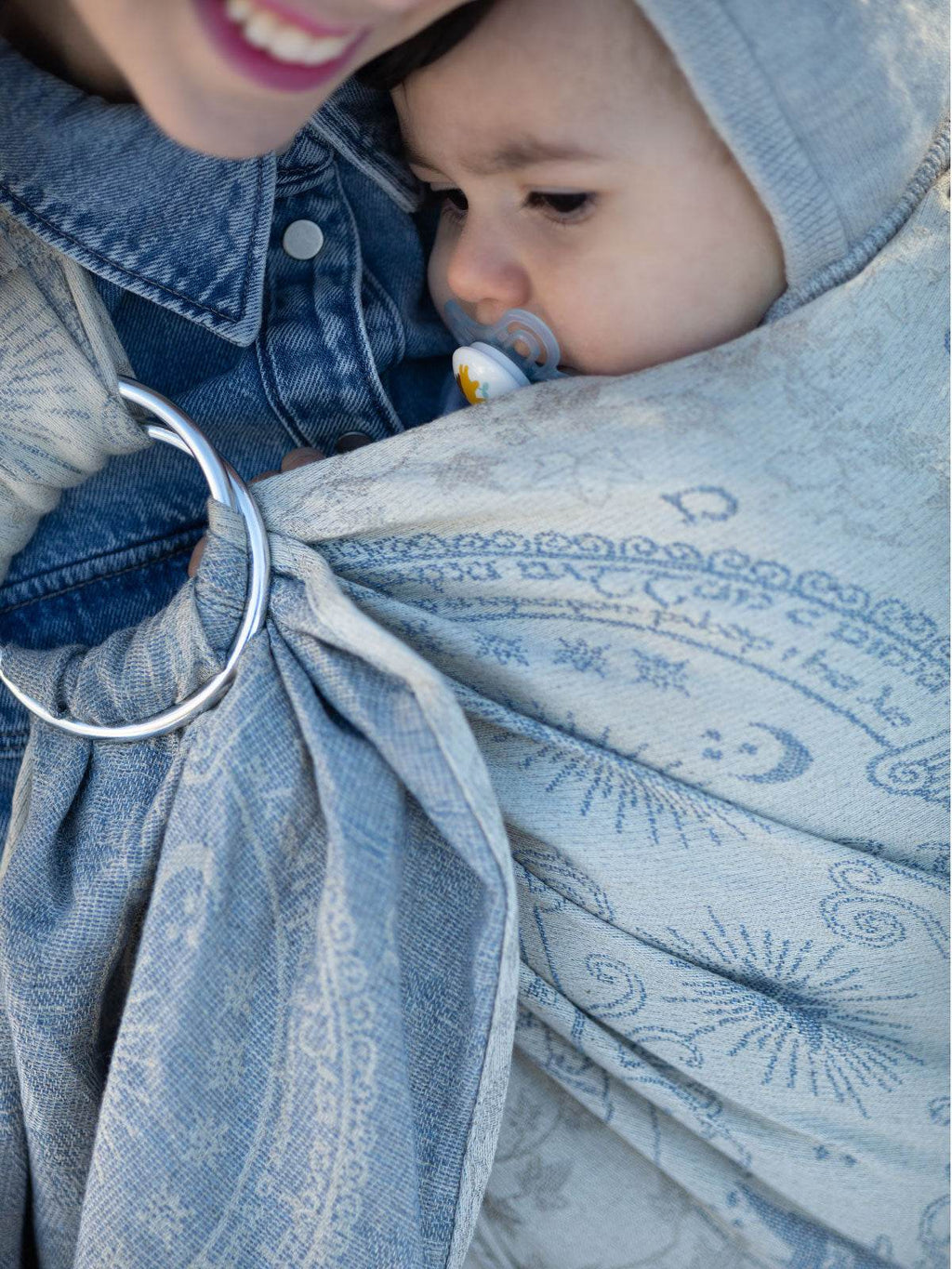
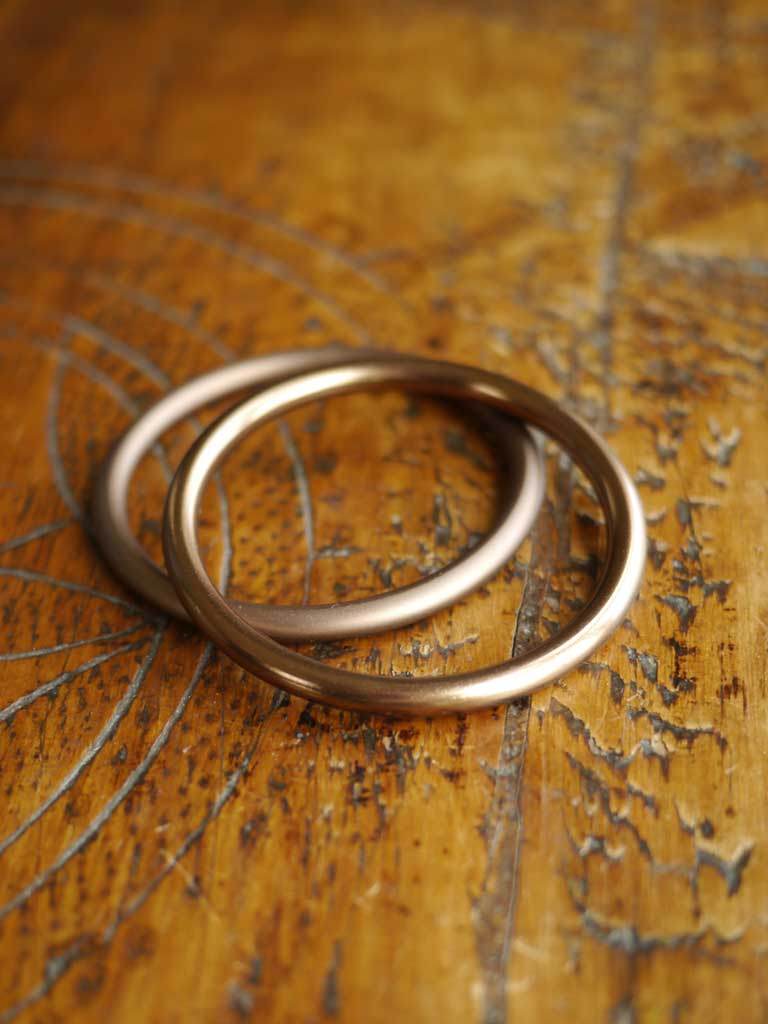
 https://oschaslings.com
https://oschaslings.com